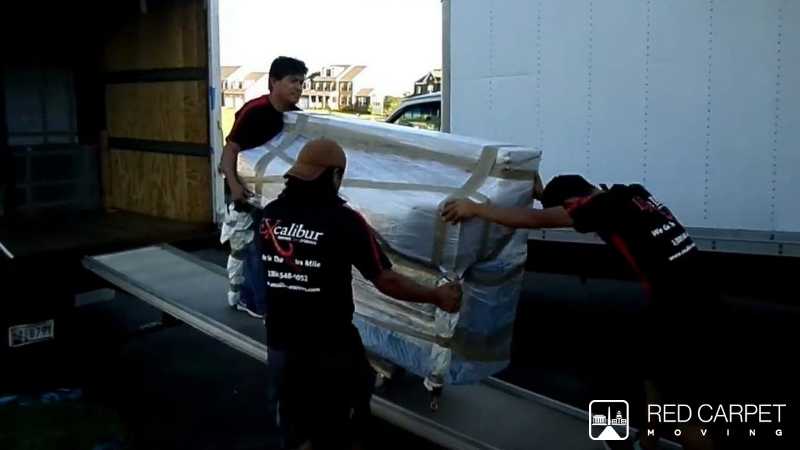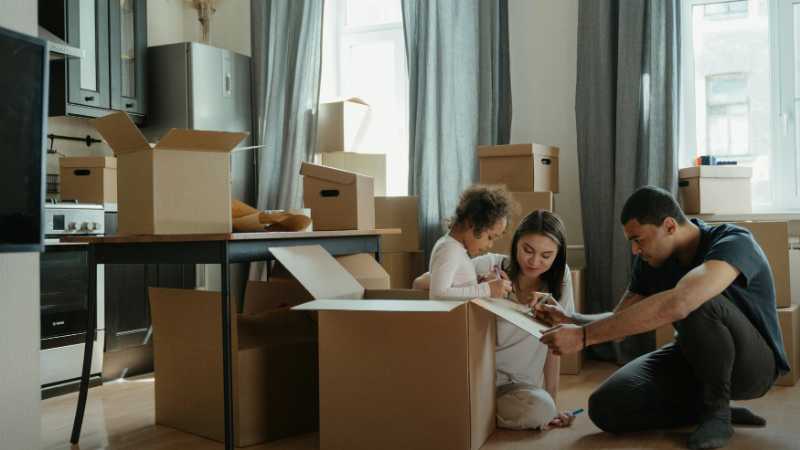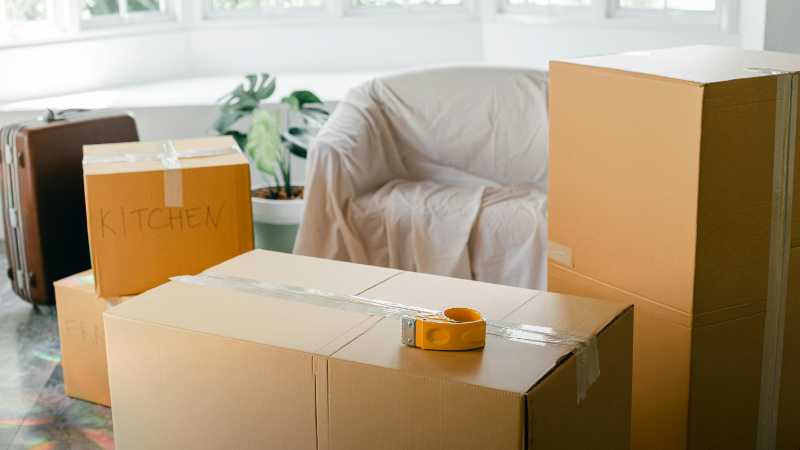Moving a piano takes skill, care, and the right tools to keep it safe and intact. Pianos aren’t like regular furniture—they have delicate parts that can be easily damaged if not handled properly. That’s why professional piano movers use special techniques and equipment to protect pianos, avoid costly damages, and make sure the move is smooth.
Specialized packing and handling techniques
Keeping your piano safe starts with good packing. Professional movers protect sensitive parts like the keyboard lid, pedals, and music racks with padded blankets, foam cushions, and stretch wrap. This stops scratches and reduces the risk of damaging anything inside the piano during the move.
To keep the outside of the piano safe, movers wrap it in thick padding and secure it with straps. This makes sure the covering stays in place. They also use foam padding inside to keep things stable, especially between the strings and lid, to avoid damage from vibrations. These steps are crucial for grand pianos, which may need the lid, legs, and pedals taken off and packed separately.
Besides protecting the piano, movers also make sure the moving area is safe. They use floor runners and furniture blankets to protect floors and walls. This is really important when getting a piano through tight spaces, staircases, and doorways.
Using the right equipment for safe transport
Moving a piano involves special tools to keep it safe. Professional movers use sturdy piano dollies that spread the piano’s weight evenly, making it easier on both the instrument and the movers. For bigger pianos, special boards called skids help keep them stable during the move.
They use strong straps to hold the piano on the dolly to stop it from moving. Ramps make going up or down stairs and curbs smoother, protecting the piano from bumps. Inside the moving truck, the piano is placed against a stable part, often over the axle, to cut down on road vibrations. Heavy straps secure it tightly, and padding is added to avoid damage.
Temperature and humidity matter too. Pianos can warp or go out of tune if conditions change too much. Movers keep an eye on this, aiming for humidity around 40-45% and temperatures 65-75°F. Some trucks have climate control to keep these levels steady, especially for long trips.
Ensuring a safe arrival and post-move care
When the piano gets to its new home, professional movers carefully unload and put it back together using the same careful techniques they used for packing. They place the piano in a spot where it won’t be exposed to direct sunlight, heat, or high humidity, all of which can affect how it plays.
After moving, it’s a good idea to let the piano get used to its new surroundings before tuning it. Moving, especially over long distances, might cause some small changes in the tension inside the piano. Most movers suggest waiting a few days before having it tuned to let everything settle.
The movers do a final check to look for any damage. They make sure all parts are securely in place, and they advise the owners to watch for any changes in sound or mechanical issues in the days after.
By using the right packing methods, special equipment, and skilled handling, professional movers greatly reduce the chances of your piano getting damaged during a move. Their expertise helps transport these delicate instruments safely, keeping their sound and structure intact.
If you’re in Washington, D.C., and need expert piano movers, Red Carpet Movers offers professional handling, secure transport, and the special care necessary to move your piano safely. With their skilled team and top equipment, they make sure your piano arrives in perfect condition.


